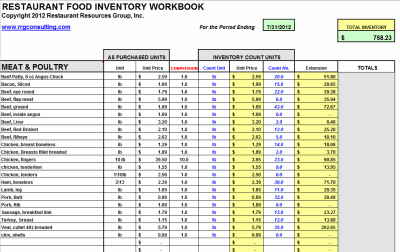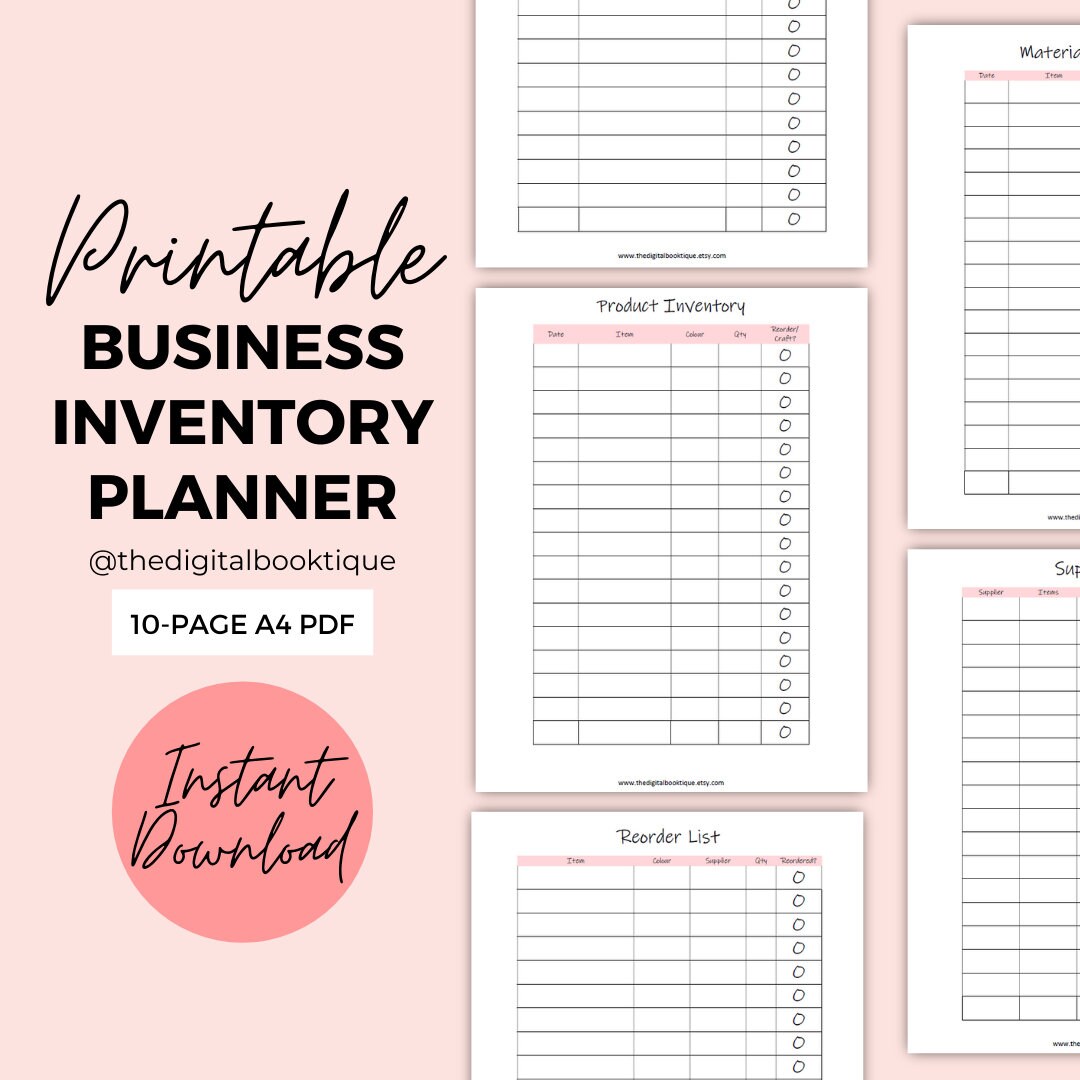
Worse, the business may earn a reputation for running out of popular items.
INVENTORY FOR SMALL BUSINESS FULL
Poor inventory management can result in a warehouse full of dead stock costing the business money to store until they can get rid of it, sometimes even at a loss. With proper management, merchandise customers want is always available when they want it, and no slow-moving good are aging in the warehouse. The ultimate goal is to have the exact amount of inventory needed at any given time. Inventory management is part of the supply chain, and can be defined with a phrase often used in food service, just-in-time delivery. Whether you are a large organization looking after stock in multiple countries or managing small business inventory, the principles of managing inventory are the same. The faster you move goods in and out, the more efficient – and profitable – your business. Strategic inventory management solution means balancing fast-moving goods and supplies with minimal storage needs. Businesses often struggle to balance having the right stock at the right time, without the expense and risk of overstock or running out of popular products. With rising costs, supply chain issues, and other challenges, small business owners will be wise to plan ahead now and secure the capital they need for 4Q expenses now, rather than waiting until it might be too late.Accurate inventory management is one of the most basic cornerstones of financial success, and it can be complicated. The difference is called the “factoring fee.” The way it works is that a business sells outstanding accounts receivable (invoices) to a third-party that will then pay the business around 85 to 95% of the value of the invoice. These so-called “alternative lender” options include Account Receivables Financing or Invoice factoring. Non-bank lenders typically are able to quickly make a decision and deposit loan money in a business checking account or savings account in less than a day. Traditional bank loans and SBA loans can take weeks to process loan requests. The down side of applying for a small business loan is that a business owner might not be able to obtain the money as quickly as needed to pay for increased expenses at year’s end.


Many economists predict that the Fed will raise rates aggressively in coming months. Anyone considering this funding option should act now because the Federal Reserve has been signaling for months that it plans to raise interest rates in an effort to contain inflation to its 2.5% target rate. If you have a high credit score (700 or above), you should be able to secure a loan at a reasonable interest rate. Business owners who plan well enough in advance, can apply to secure a small business loan that can help pay for holiday expenses. In most cases, the interest on a business line of credit is much lower than that of a credit card. With a with a line of credit, a business owner borrows only what is needed and only pays interest on the amounts borrowed.

A line of credit can be a business lifeline in times of emergency or even seasonal cash flow tightening. In many ways it is similar to a business credit card. Unlike a business loan, a line of credit acts as ready cash in times of need. For those companies that already have a business line of credit established, using the line can help quickly pay for substantial purchases of end-of-year inventory.

Further, if you are late in paying or miss a payment entirely, it will negatively impact your credit scores.īusiness line of credit. In the short-term, using credit cards is a viable option IF you are able to pay them off quickly – without having to incur high finance charges that ultimately drive up the cost of year-end supplies. The key thing is to only purchase what can be paid off quickly, because credit cards typically come with high interest rates. Plastic is fantastic, especially for cash-strapped small business owners who want to order inventory and supplies now and pay for them later.


 0 kommentar(er)
0 kommentar(er)
